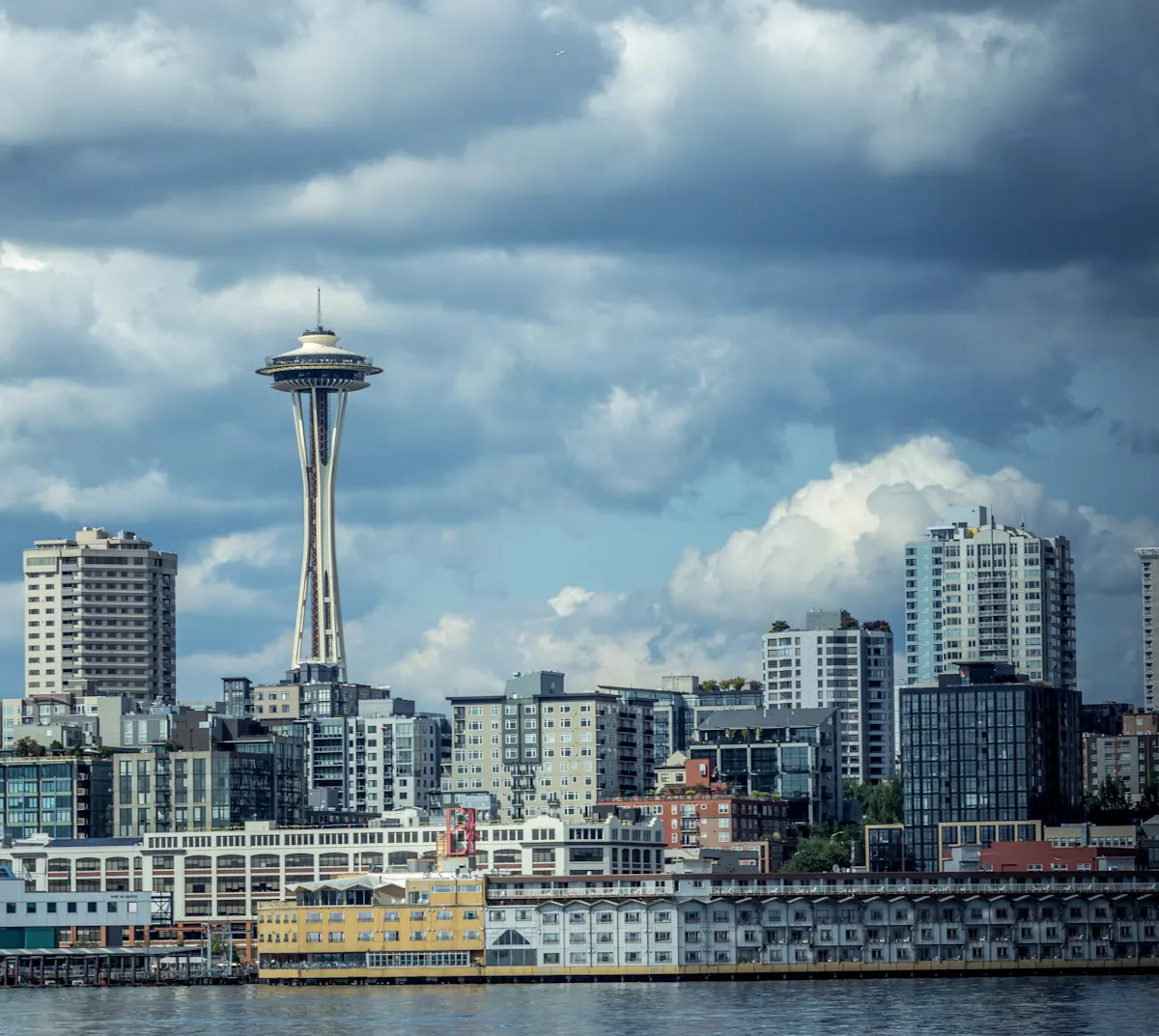Este año, Seattle implementó una ley de salario mínimo extrema para quienes trabajan con aplicaciones, incluidos los Dashers. Después de más de seis meses, la ley continúa sin brindar los beneficios prometidos a los Dashers, al tiempo que aumenta los costos para los consumidores y perjudica a los restaurantes y pequeñas empresas de Seattle. A continuación, analizamos los impactos en los Dashers y comparamos la experiencia de estos usuarios con la de un mercado cercano y comparable: Portland.
Ordenanza de Seattle sobre el salario mínimo para quienes trabajan con aplicaciones, que no ha sido considerada correctamente.
En enero, Seattle implementó su ordenanza sobre el salario mínimo para quienes trabajan con aplicaciones, y no ha sido probada, e impone numerosas regulaciones nuevas a plataformas como DoorDash. En particular, la nueva ley exige que los Dashers y otros que trabajan con aplicaciones ganen al menos $26.40 por hora en la entrega sin propinas, más $0.74 por milla. Esta cantidad supera ampliamente el salario mínimo de la ciudad de $19.97 por hora. La ciudad siguió adelante con este cambio a pesar de que innumerables defensores de la comunidad, propietarios de pequeñas empresas, Dashers y consumidores advirtieron que la ley haría que la entrega fuera prohibitivamente costosa y resultaría en impactos negativos no deseados.
Para ayudar a compensar el aumento significativo de los costos operativos de la ordenanza, DoorDash implementó una tarifa de respuesta regulatoria de $4.99 cuando la ley entró en vigencia. Incluso con esta tarifa, seguimos perdiendo dinero en el mercado debido a los costos derivados de la ordenanza. Como resultado, anunciamos aumentos de precios adicionales en agosto para ciertas entregas que son de las más costosas de facilitar.
Muchos consumidores no pudieron pagar las opciones de entrega, lo que dejó menos trabajo para los Dashers
En promedio, entre febrero y junio, el aumento de los costos a raíz de la ordenanza resultó en tarifas para los consumidores en Seattle que son un 93 % más altas por orden que en Portland. Como resultado, durante el mismo período, los consumidores de Seattle realizaron aproximadamente casi 900,000 órdenes menos en el Marketplace de DoorDash de los que hubieran realizado si el mercado no hubiera cambiado. Si proyectamos esta misma caída en las órdenes a lo largo de un año, anticipamos una pérdida de más de 2.3 millones de órdenes (frente a los 1.7 millones que predijimos a principios de este año).
Menos órdenes significan menos entregas que un Dasher deberá completar. El gráfico a continuación demuestra la disminución de las ofertas de entrega en Seattle desde que la ordenanza entró en vigor. En particular, según la ley de salario mínimo, los Dashers tienen menos oportunidades laborales en la ciudad en un día promedio que el día de Acción de Gracias o el día de Navidad en 2023, históricamente los períodos de menor volumen del año.

Menos trabajo significa más tiempo de espera
A pesar de la garantía de ingresos establecida por la ley actual, se ha vuelto cada vez más difícil para los Dashers en Seattle recibir suficientes ofertas de entrega, lo que limita su potencial de ingresos. La pérdida en el volumen de órdenes ha alargado el tiempo de espera entre ofertas a más de tres veces lo que era antes, mientras que en Portland, el tiempo de espera se ha mantenido sin cambios:

Y sabemos que los Dashers lo notan. En agosto, encuestamos a Dashers en Seattle y Portland para comprender cómo había cambiado su experiencia. En Seattle, el 75 % de los Dashers estuvo de acuerdo en que la nueva ley salarial había provocado que el tiempo de espera entre ofertas aumentara y el 61 % estuvo de acuerdo en que había reducido su flexibilidad para elegir cuándo y dónde hacer un dash. De hecho, cuando se les preguntó sobre su experiencia en los dashes durante el último mes, los Dashers de Seattle quedaron por detrás de los de Portland en una serie de factores, incluido el logro de sus objetivos de ganancias:

Los tiempos de espera más prolongados implican menores ganancias por tiempo empleado en la aplicación
Los datos muestran que los Dashers en Seattle experimentaron una disminución en las ganancias por hora mientras usaban la aplicación. Durante mayo y junio, las ganancias promedio por hora por todo el tiempo dedicado a la aplicación fueron 13 %más bajas que en las 6 semanas anteriores a que la ordenanza salarial entrara en vigencia.

Esto explica por qué los Dashers que informaron haber hecho dashes en la plataforma antes de la ley salarial dijeron que cambiaron sus estrategias de ganancias. Casi tres cuartas partes de los Dashers que habían trabajado antes del estándar de ingresos dijeron que desde que entró en vigencia la nueva ley de pago, habían buscado otras oportunidades de ingresos complementarios y casi dos tercios (63 %) habían necesitado trabajar más horas para mantener sus ganancias de hacer dashes.

Los datos no podrían ser más claros: esta ley simplemente no funciona para los Dashers de Seattle.


